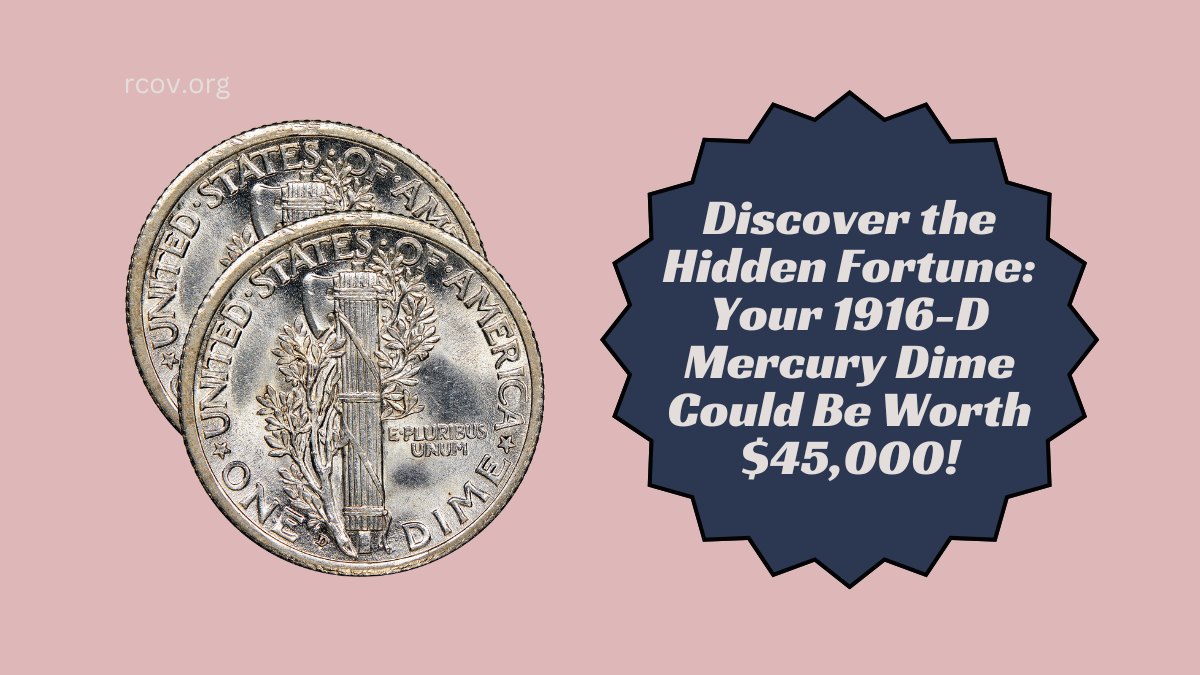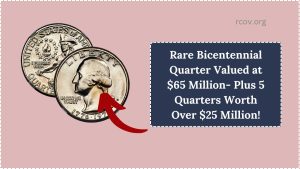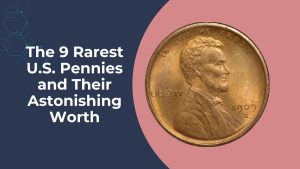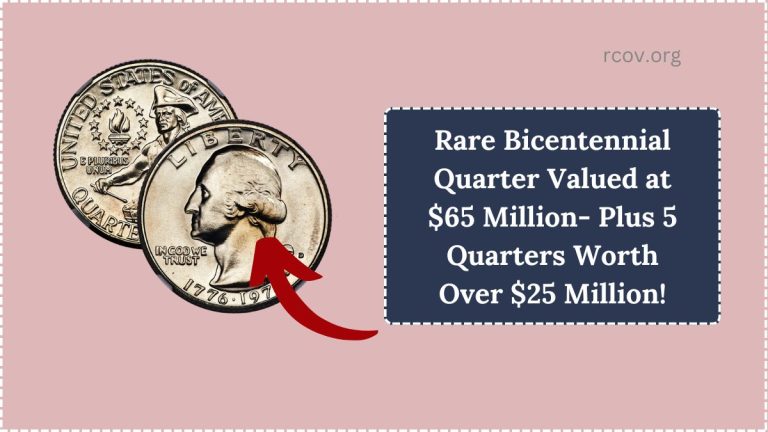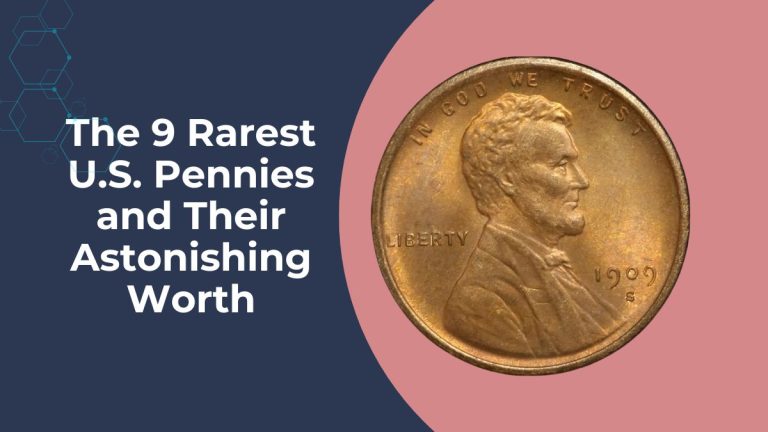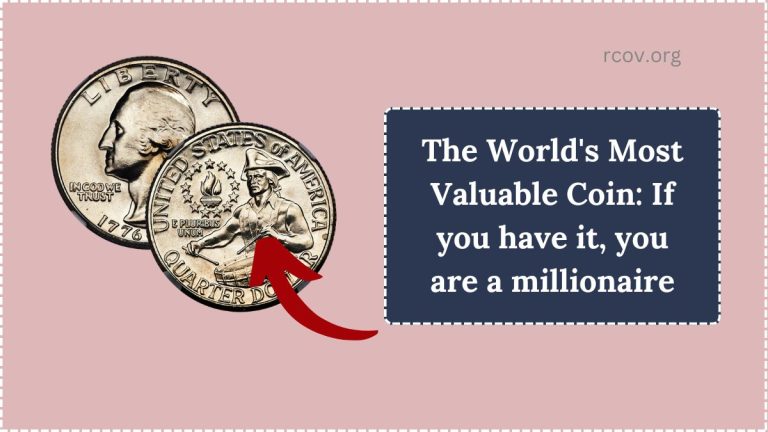The 1916-D Mercury Dime is a numismatic gem that has captivated collectors for decades. Its rarity and historical significance make it a highly sought-after piece, with pristine examples fetching up to $45,000 at auction.
Historical Background
Introduced in 1916, the Mercury Dime, officially known as the Winged Liberty Head dime, was designed by sculptor Adolph A. Weinman. The obverse features Lady Liberty donning a winged Phrygian cap, symbolizing freedom of thought, while the reverse showcases a fasces intertwined with an olive branch, representing unity and peace.
The 1916-D Rarity
The Denver Mint produced only 264,000 dimes in 1916, the lowest mintage of the series. This limited production was due to the mint’s shift in focus to quarter dollar coins, resulting in fewer dimes being struck. Consequently, the 1916-D Mercury Dime has become a key date for collectors, with even low-grade specimens commanding significant premiums.
Factors Influencing Value
Several factors contribute to the substantial value of the 1916-D Mercury Dime:
- Condition (Grade): Coins are graded on a scale from 1 to 70, with higher grades indicating better preservation. Uncirculated coins (grades 60 and above) are especially valuable.
- Full Bands (FB) Designation: This refers to the distinct separation of the horizontal bands on the fasces on the reverse side. Coins with fully separated bands are rarer and more desirable.
- Mint Mark: The “D” mint mark, located on the reverse, signifies the Denver Mint. Its presence is crucial in identifying this rare variant.
Market Valuation
The value of a 1916-D Mercury Dime varies based on its condition and the presence of the Full Bands feature. Here’s a breakdown of approximate values:
| Grade (Sheldon Scale) | Approximate Value (USD) |
|---|---|
| Good (G-4) | $1,200 |
| Very Fine (VF-20) | $4,800 |
| Extremely Fine (EF-40) | $7,000 |
| About Uncirculated (AU-50) | $9,600 |
| Mint State (MS-60) | $14,700 |
| Mint State (MS-65) | $31,600 |
Note: Prices can fluctuate based on market demand and the coin’s specific attributes.
Notable Sales
In August 2010, a 1916-D Mercury Dime graded MS67 with Full Bands sold for $207,000, highlighting the coin’s potential value in top conditions.
Authentication and Counterfeits
Due to its high value, the 1916-D Mercury Dime is frequently counterfeited. Common fraudulent practices include altering the mint mark on 1916 Philadelphia dimes to resemble the Denver “D.” Collectors should seek coins certified by reputable grading services to ensure authenticity.
Investment Considerations
For potential investors:
- Professional Grading: Invest in coins that have been graded and authenticated by established services like PCGS or NGC.
- Market Trends: Stay informed about numismatic market trends, as values can fluctuate based on collector demand and economic factors.
- Storage: Proper storage in climate-controlled environments and protective holders is essential to maintain the coin’s condition and value.
The 1916-D Mercury Dime is more than just a piece of currency; it’s a tangible link to early 20th-century American history. Its rarity and distinctive features make it a prized possession for collectors and a valuable asset for investors.
FAQs
What makes the 1916-D Mercury Dime so valuable?
Its low mintage of 264,000 coins and historical significance contribute to its high value.
How can I identify a 1916-D Mercury Dime?
Look for the “D” mint mark on the reverse side, near the bottom left of the fasces.
What is the Full Bands designation?
It indicates that the horizontal bands on the fasces are fully separated and well-defined, increasing the coin’s value.
Are there common counterfeits of this coin?
Yes, especially 1916 Philadelphia dimes altered to add a “D” mint mark. Always buy certified coins.
How should I store my 1916-D Mercury Dime?
Store it in a protective holder in a cool, dry place to preserve its condition and value.

